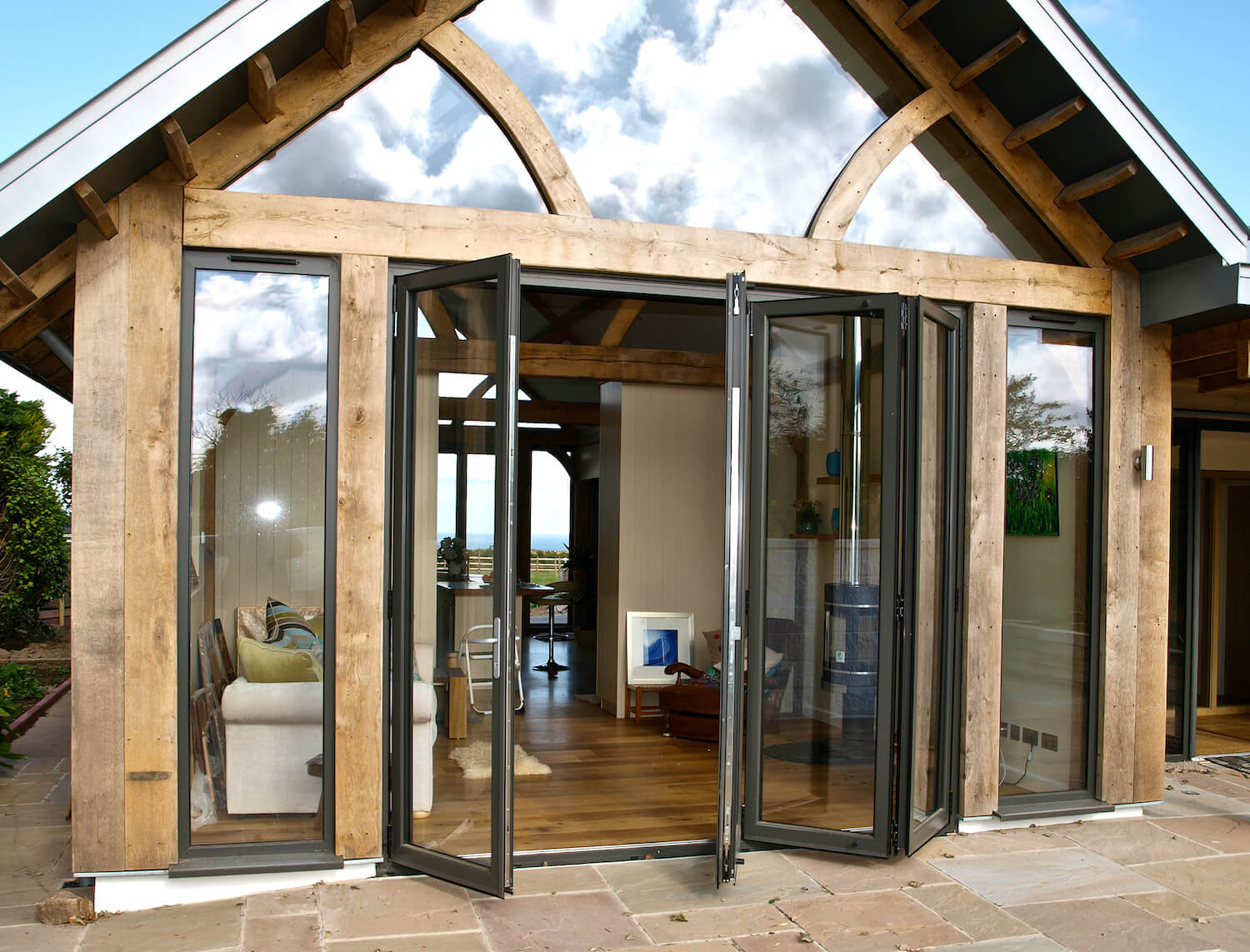Peace Of Mind
Every FENSA Approved Installer, from large national brands to small local companies, is assessed regularly to ensure its standards are continually maintained.
Order a certificateCertificate SearchA simple piece of paper can be so confusing.
What does a FENSA Certificate actually mean and why do you need one?
There are of course many reasons why you need a certificate but understanding if your new profile installation complies with its requirements is another matter.
First make sure the doors, windows or roof lights you are replacing will be fitted within the same aperture. Generally, this means you are opting for a ‘like-for-like‘ replacement profile.
If the height aperture is larger but the support lintel beam remains the same this is still compliant under the scheme. They refer to this as a ‘Cut out & fill in‘ scenario deemed as acceptable.
You can, for example, remove brickwork under your window and replace this with a full-height window or door. The replacement simply needs to slot back into the original width. Even a few inches on either side will make this a NEW opening and will not comply with the terms stipulated by FENSA.
FENSA is a government-authorised competent person scheme that monitors Building Regulations compliance for replacement windows and doors.
If you require a supply only profile manufactured by us unfortunately it will not produce a FENSA certificate. This will be under the buildings regulations.
Further to this, if you supply the doors and windows and a FENSA approved installer installs them you will also not receive a certificate.
A certificate will only be produced if the installer also supplies your new doors and windows.
Tip if the room size and usage change then a FENSA certificate will not be issued. You can read more information on the FENSA website:
According to the ‘Cut and fill’ scenario the image below with the door and 2 x window combination with brickwork below, can be replaced by any other profile. Such as a larger door; bi-fold or sliding door. The width must not be altered.
All other door and window installations will need to be accredited by building control. This process starts during the application process and will be signed off once all work has been completed.
The certificate serves as evidence of a guarantee for an installer’s 10-year insurance backed guarantee. It is important to keep your certificate in a safe place as a replacement will cost £25.
It works similarly to a Building Regulations compliance certificate. Which is a declaration by the installation company to the customer that the replacement profiles:
It also means that the warranty is valid and is insured, which is essential when selling your property. During the selling process, a conveyancer may ask if your doors/windows were installed after 2002 if the answer is yes then you will need to produce a certificate.

Every FENSA Approved Installer, from large national brands to small local companies, is assessed regularly to ensure its standards are continually maintained.
Order a certificateCertificate Search